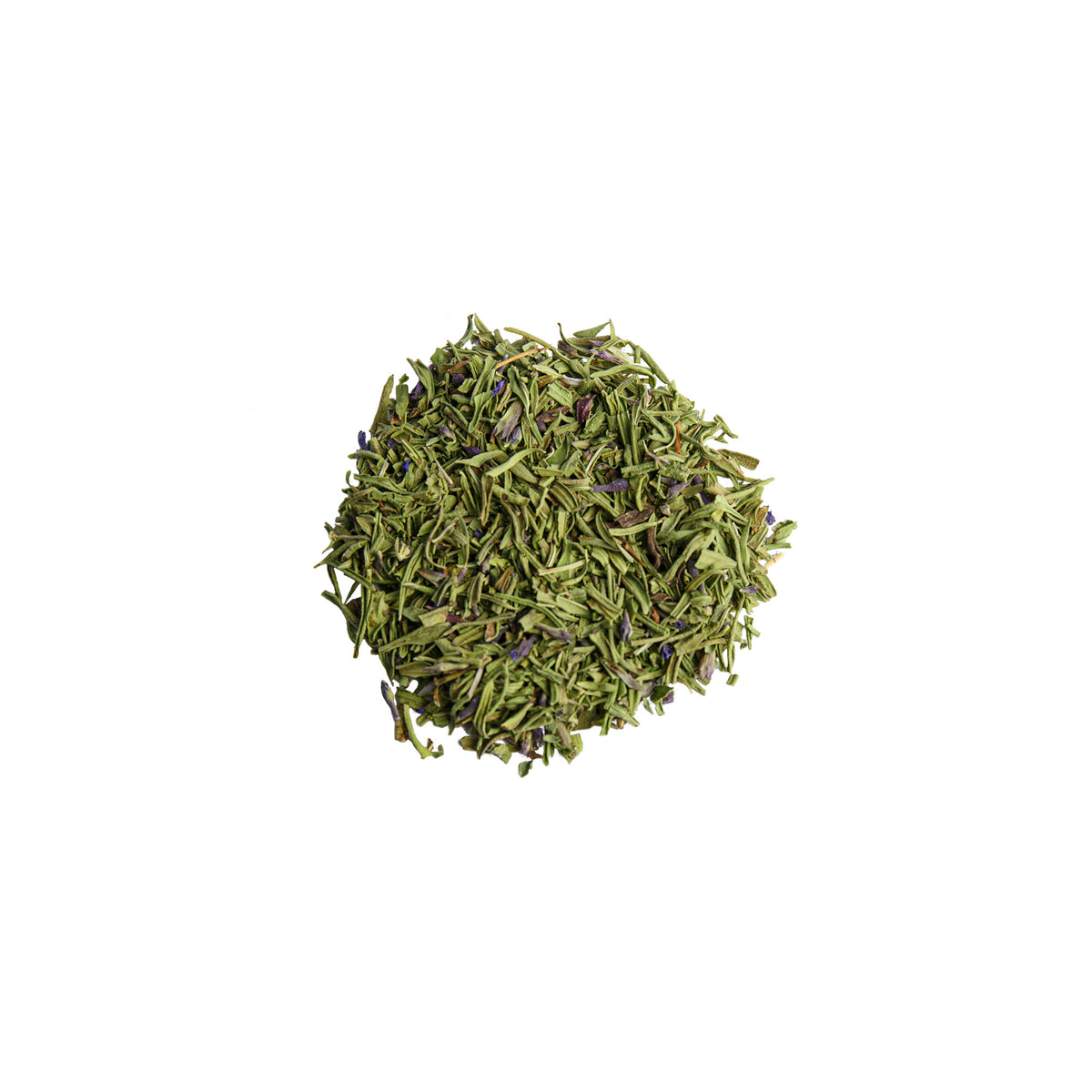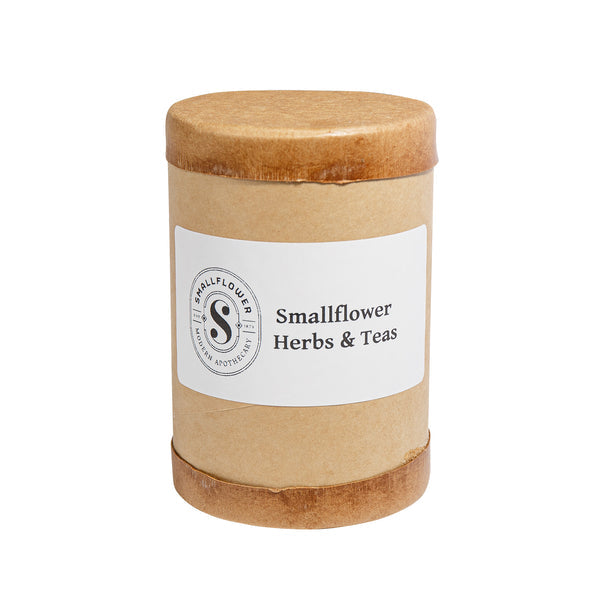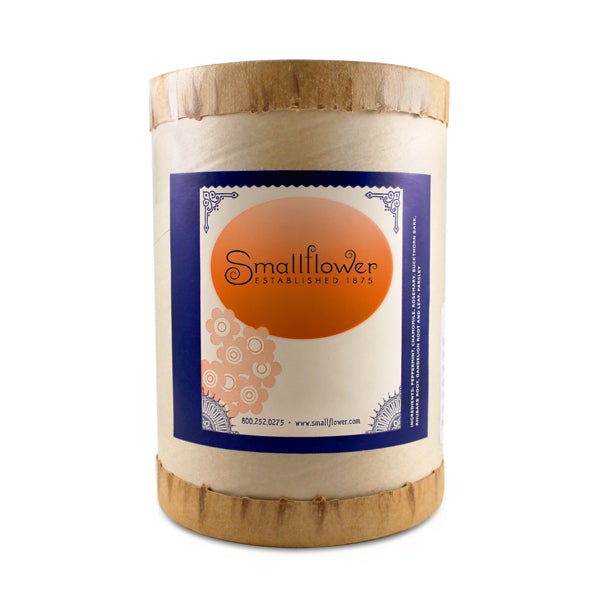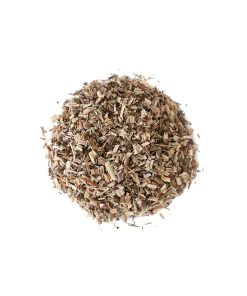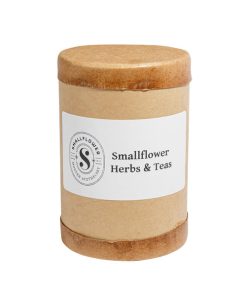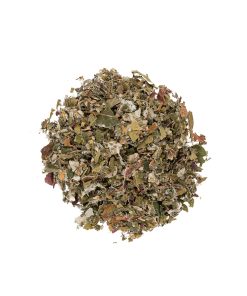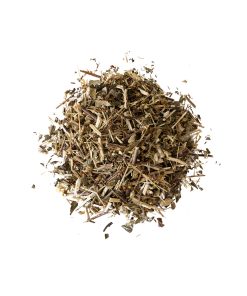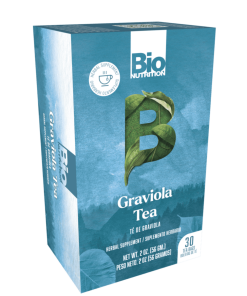Smallflower Hyssop (4 oz) #10084028 Smallflower
$ 19,50 $ 11,70
Hyssop (Hyssopus officinalis) is a perennial shrub-like evergreen in the Lamiaceae, or mint, family with lanceolate leaves and blue-purple flowers arranged on spikes. The name Hyssop comes from an ancient Greek word, azob, meaning ‘holy herb’. In its early history, priests would use Hyssop to cleanse and purify sacred spaces, partly because it was believed to be ordained by God in the Old Testament. In the book of Psalms it is written, “Purify me with hyssop, and I shall be clean; Wash me, and I shall be whiter than snow.” Hyssop is actually mentioned four other times in the Bible, referring to purifying and healing. In addition to divine command, Hyssop would also have been an obvious choice for cleansing because its leaves have a delightful, minty fresh fragrance.
It was a common strewing herb throughout ancient times to ward off offensive odors, and is still popular today as a fragrance in perfumes, incense, potpourri and bouquets. The volatile oils in Hyssop that give it such a strong, pleasing scent are also believed to be responsible for its positive effects on digestion, and in helping to maintain clear, healthy sinuses and airways. Hyssop has a mildly bitter flavor with light floral notes that makes a lovely after-dinner or bedtime tea.
| Size | 4 oz |
|---|
Fast Shipping and Professional Packing
Our long-standing partnership with UPS FedEx DHL and other carriers around the world lets us offer a range of shipping services. Our warehouse employees will pack all goods to our exacting specifications. Your goods are thoroughly checked and securely secured prior to shipment. We deliver to hundreds of thousands of customers each day in different countries. This shows our commitment to become the biggest online retailer on earth. The warehouses and centers of distribution are located in Europe, as well as the USA.
Orders with more than 1 item are assigned processing times according to each item.
We will thoroughly inspect all items ordered before shipping. The majority of orders will be delivered within 48 hours. It is expected that delivery will take between three and seven days.
Returns
Due to multiple parties which include the factory as well as the warehouse, we are unable to effectively manage inventory. The stock levels may fluctuate at any given time. Be aware that it is possible that your order will run out of stock even after you have made the order.
Our policy lasts for thirty days. We cannot exchange or refund your order if it has been 30 days from the date of purchase.
The item you purchase must be in its original packaging and be unused. The item must be in the original packaging.
Related products
Rose Water & Hydrosols
Alteya Organics Pure Bulgarian Rose Water (6.8 fl oz) #10078261 Alteya Organics
Rose Water & Hydrosols
Alteya Organics Organic Bulgarian Rose Water (17 fl oz) #10077124 Alteya Organics
Rose Water & Hydrosols
Alteya Organics Organic Bulgarian White Rose Water (17 fl oz) #10077123 Alteya Organics
Rose Water & Hydrosols
Alteya Organics Bulgarian Rose Water (2 fl oz) #31037 Alteya Organics
Cream Cleansers
Alteya Organics Bio Damascena Rose Cleansing Milk (6.8 fl oz) #10070520 Alteya Organics
Rose Water & Hydrosols
Alteya Organics Organic Rose Water Spray (3.4 fl oz) #10077125 Alteya Organics
Serum & Oil
Alteya Organics Bulgarian Lavender Hair Oil Treatment (3.4 fl oz) #30033 Alteya Organics
Eye Creams & Moisturizers
Alteya Organics Bio Damascena Ageless Rose Otto Eye Cream (15 ml) #10076811 Alteya Organics
Hair & Scalp Treatments
Alteya Organics Rose Otto Hair Treatment (100 ml) #10075914 Alteya Organics
Toners & Mists
Alteya Organics Rose Water & Collagen Peptides Hydro Mist (4 fl oz) #10087874 Alteya Organics
Face Lotion
Alteya Organics Bio Damascena Rose Otto Day Moisturizer (50 ml) #10076807 Alteya Organics
Serums & Treatments
Alteya Organics Microbiotic Hyaluronic Acid Serum (30 ml) #10087701 Alteya Organics
Rose Water & Hydrosols
Alteya Organics Bulgarian Lavender Water (8.4 fl oz) #30363 Alteya Organics
